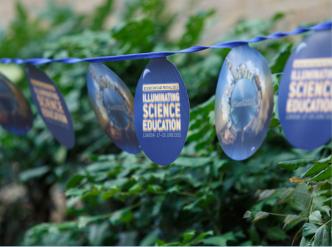
Science teaching in the spotlight
September 3, 2015 | Issue 33A packed schedule brought teachers from across Europe and Canada to share ideas, best practice and a lot of fun.


A packed schedule brought teachers from across Europe and Canada to share ideas, best practice and a lot of fun.
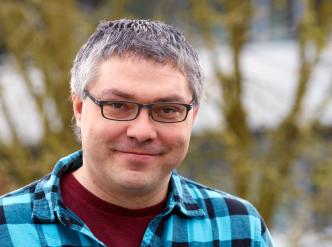
From a scientific career to the theatre: how Ben Lillie tells the stories behind the science.
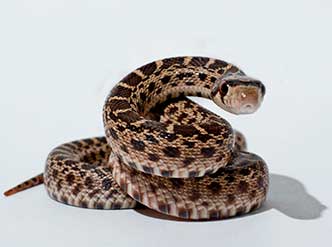
Wouldn’t it be great to live without fear? Or would it? Research is showing just how important fear can be.
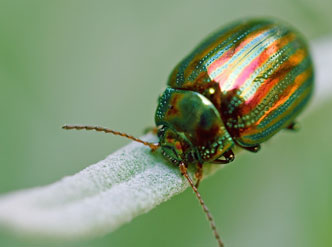
For thousands of years, nature has produced brilliant visual effects. What is the physical principle behind it and how can we use it?
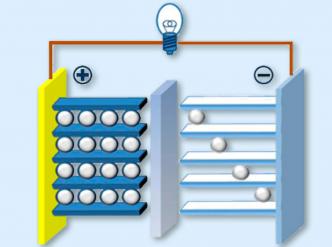
Watching what happens to the electrodes in a lithium-ion battery with neutron science.
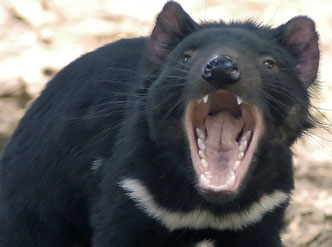
What makes a cell turn cancerous – and how does a cancer become infectious? In the second of two articles on transmissible cancers, Elizabeth Murchison explains what the genetic details tell us.
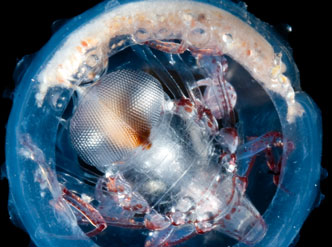
After four years travelling around the globe, the schooner Tara has returned with a world’s worth of scientific results.
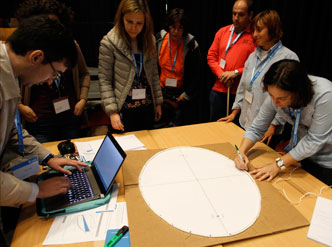
Science in School is published by EIROforum, a collaboration between eight of Europe’s largest intergovernmental scientific research organisations (EIROs). This article reviews some of the latest news from EIROs.

Exploring coloured chemistry using smartphones
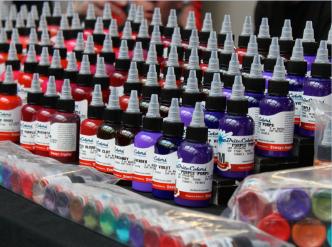
Why not make science relevant to your students’ lives with some simple practical activities using tattoo inks?

When next teaching photosynthesis, try these simple experiments with variegated plants.
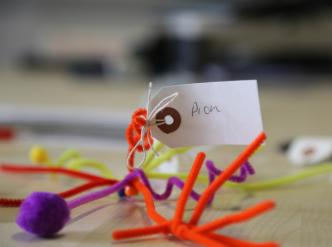
Explore physics in a new way by creating a model of particle collisions using craft materials.
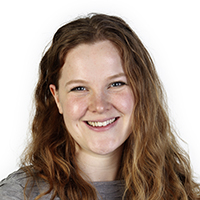
Even though teachers don’t go to school during the ‘holidays’, they are still working. There are the new curricula to read and lessons to plan, and perhaps even exams to mark. During my summer, I’ve met some of you at conferences and workshops, where we shared advice on how best to teach…